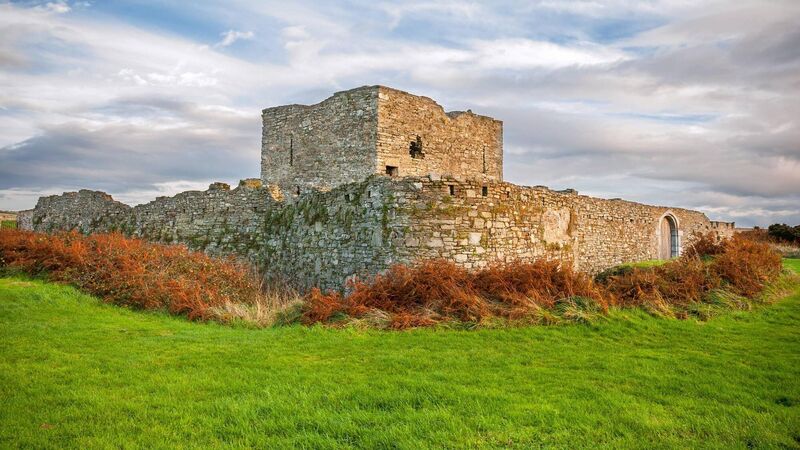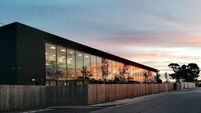'Large drinking parties' and antisocial behaviour reported at historic Kinsale fort

James Fort in Kinsale, Co Cork. Widespread antisocial behavior has been reported at the site.
More than sixty cases of damage to national monuments were reported over the past year with grave slabs broken, medieval churches graffitied, and an air rifle believed to have been shot through the windows of another historic site.
The Office of Public Works said wilful vandalism to sites was an ongoing problem, with widespread antisocial behavior reported at Kinsale's James Fort.









